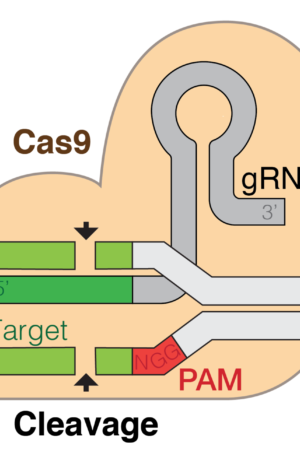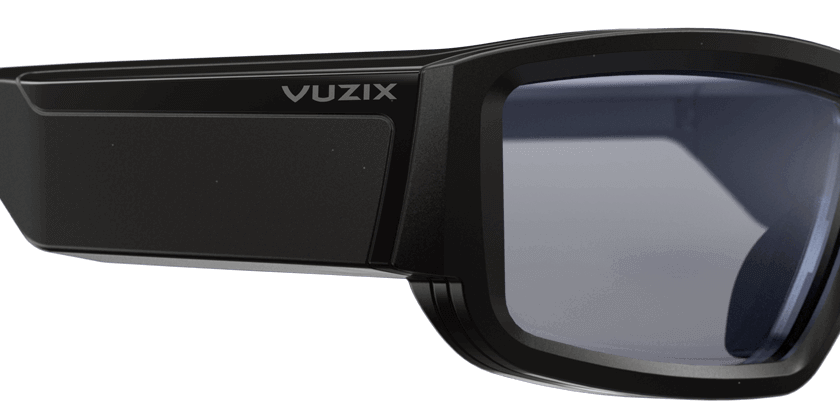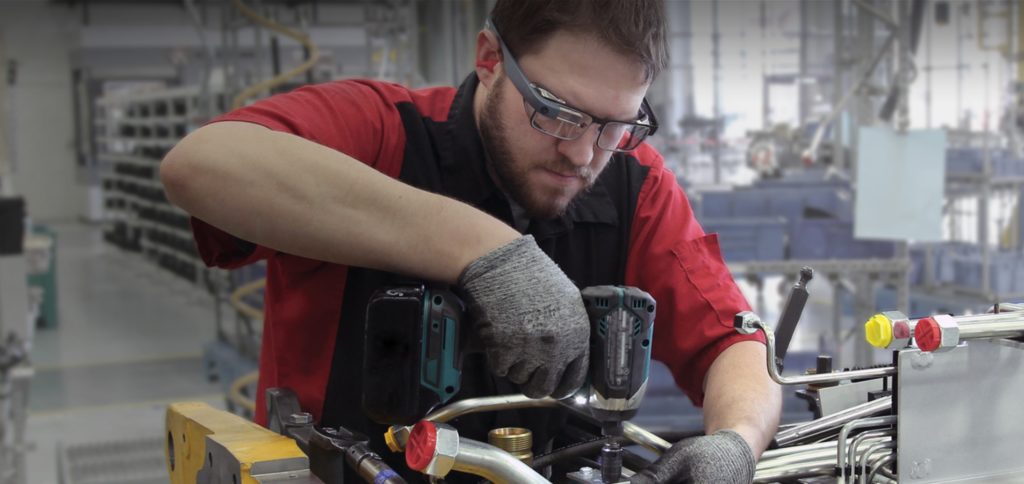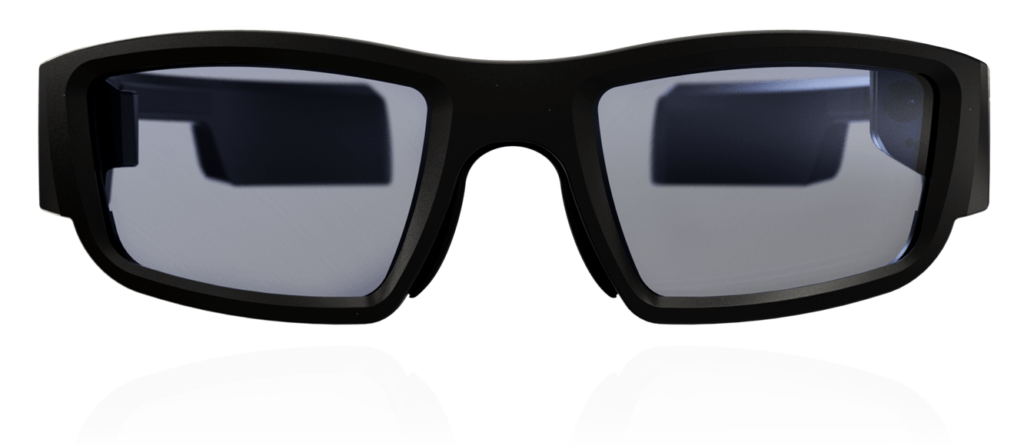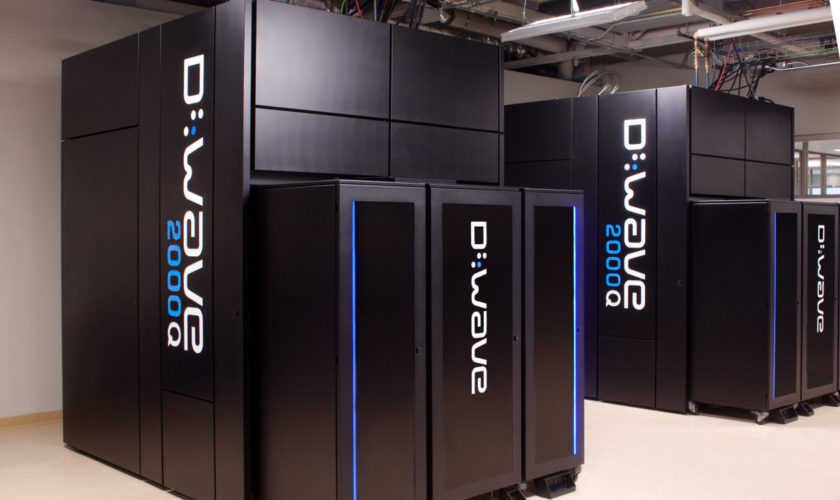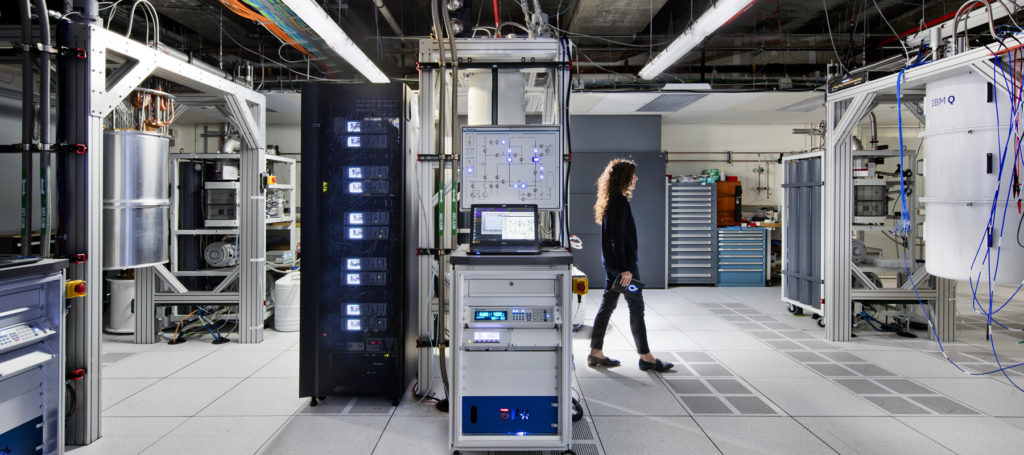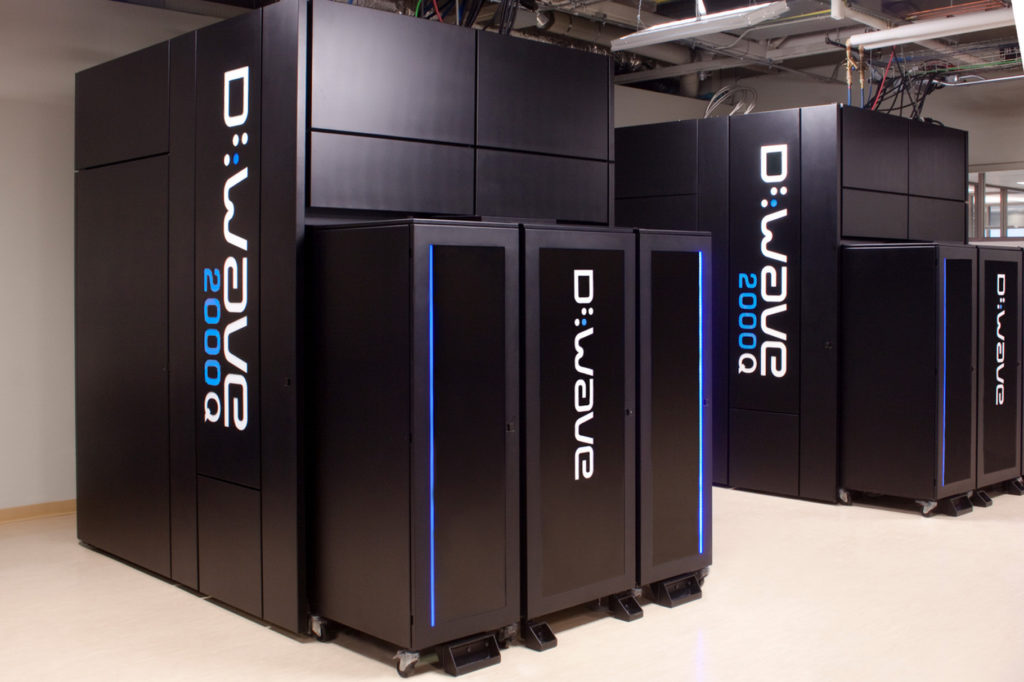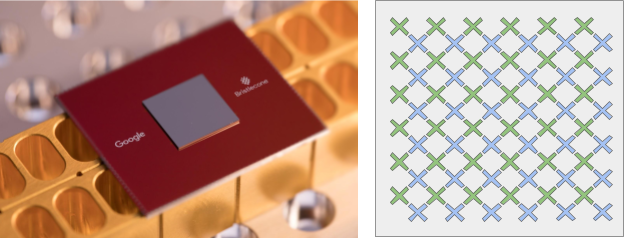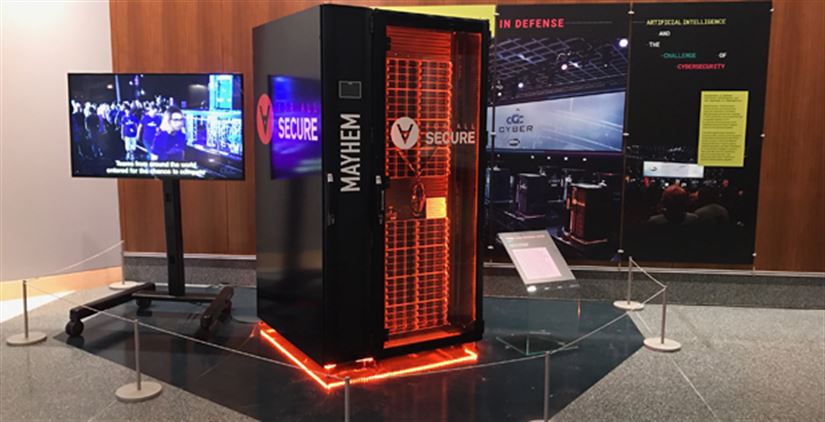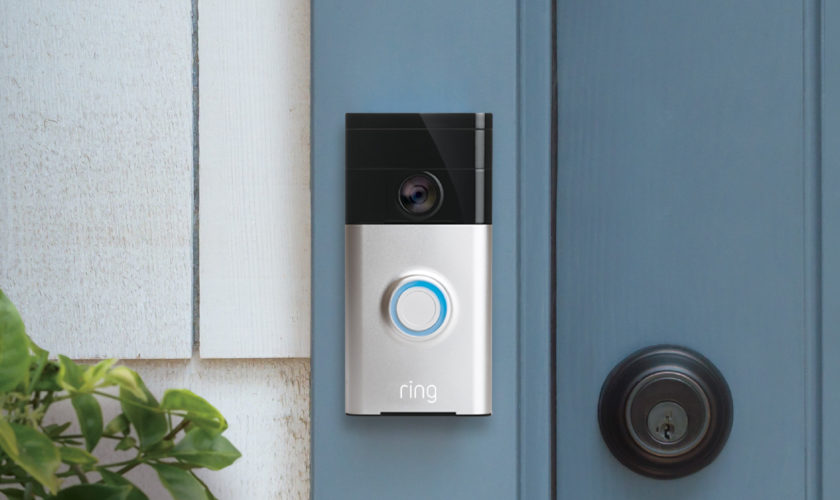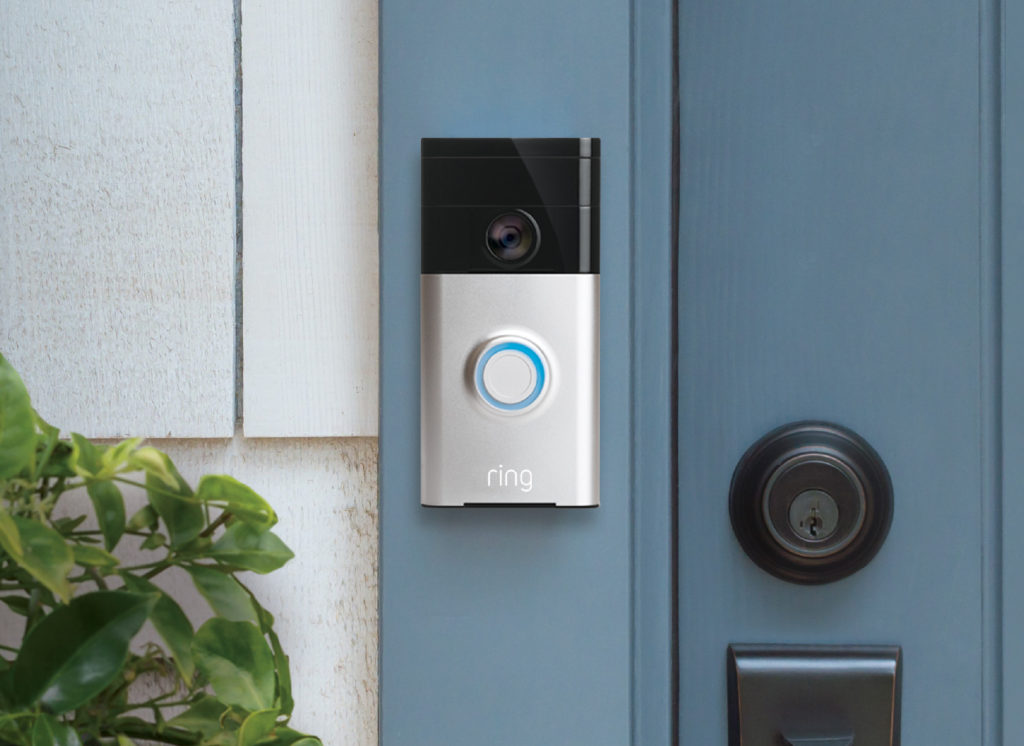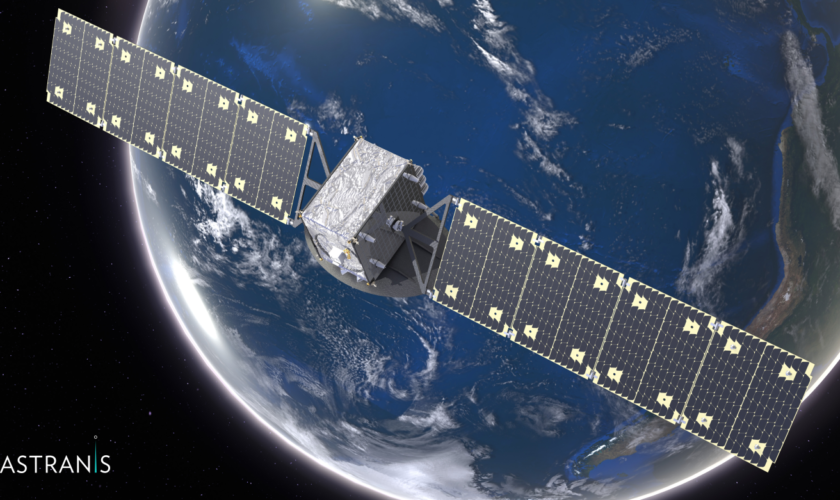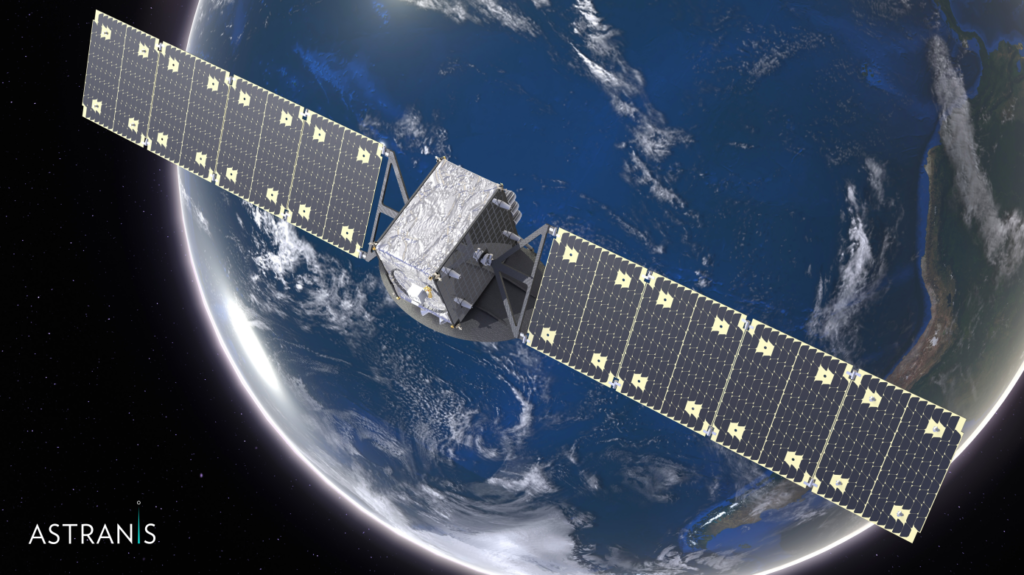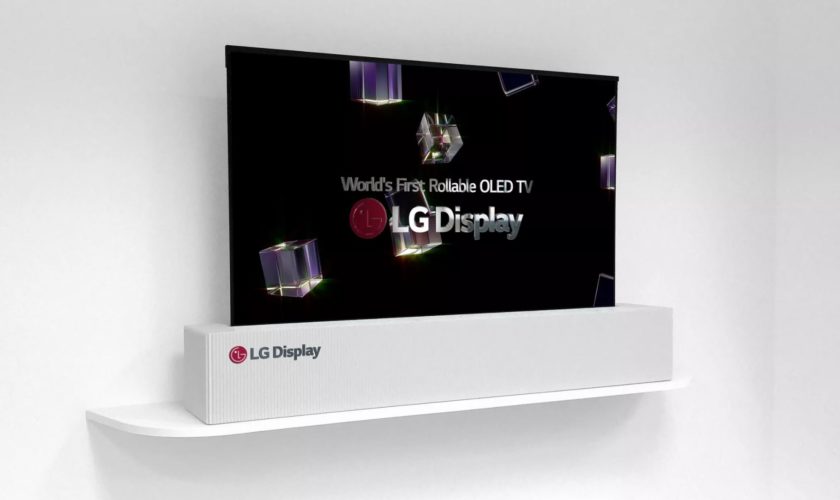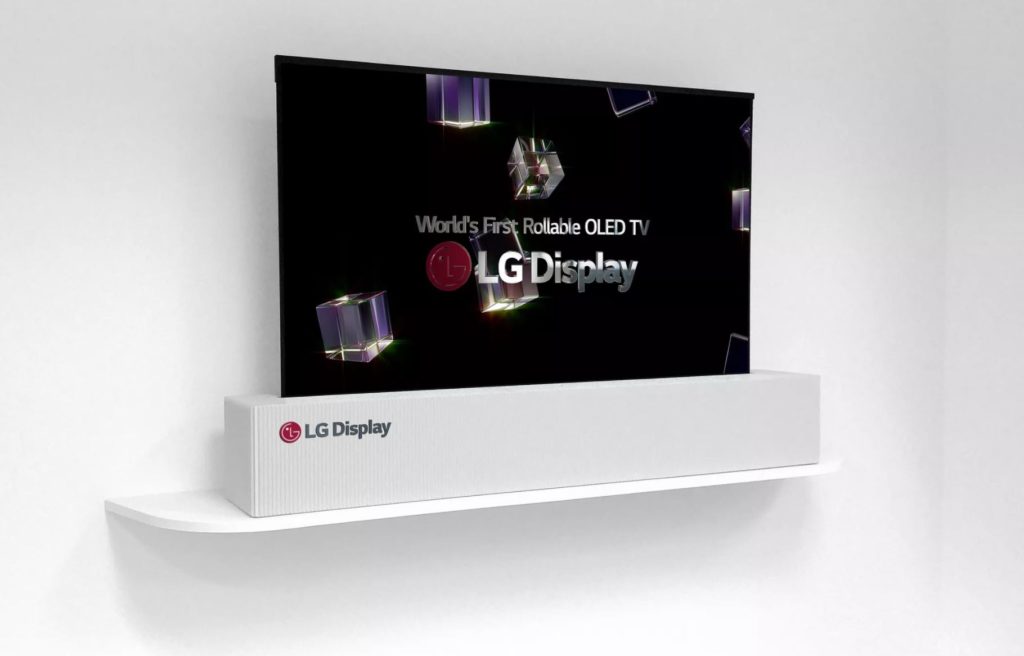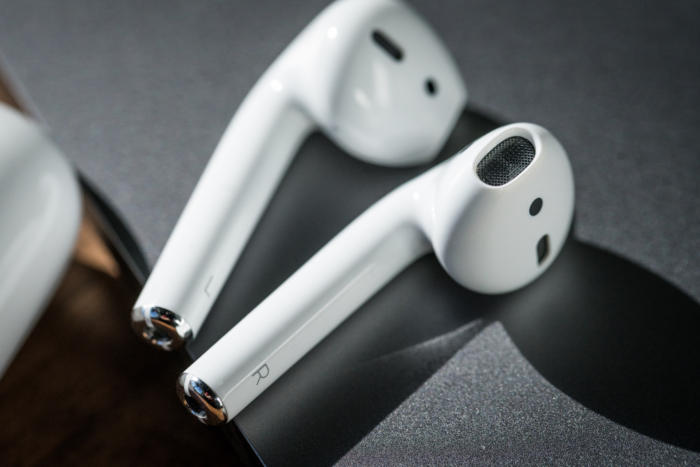If you haven’t ever watched the sci-fi show Black Mirror, I highly recommend it. Black Mirror is set in the near future and bases each episode on the accounts of several different peoples’ experiences with the technology and gadgets of their time.
One of them, which is in just about every episode, is a chip in their neck right behind the ear that lets them see visuals like a computer or smartphone device. Its almost as if this show has given great insight to tech companies to develop such possibilities. From early prototypes, such as the Google Glass, to the near public release of the Vuzix Blade.
The Rise and Fall of Google Glass
Google Glass was the talk and excitement for two years from 2012 to 2014. Developed by Google X, a facility within Google that is devoted to tech advancements, it was all the buzz being presumably the first smart glasses to be released to public. Designed to be like a pair of eyeglasses, the Google Glass produced a display much like a smartphone, but hands-free. Being able to communicate with the internet using “natural language” voice commands. It also featured a ‘timeline’ like you would see on your phone or computer with pictures, since the Google Glass was also able to take pictures and record 720p HD videos.
This smart glass brand was a little before its time. The Google Glass was taking much ridicule for being buggy and not complete. As of January of 2015, the Google Glass was announced needing redesigning and will not be released until it is ‘perfect’. Other companies have joined in and have learned from the early mistakes of the Google Glass prototypes that were released to the public.
The smart glasses of Google X were in redevelopment stage and were said to be released in 2017 as the Google Glass Enterprise Edition. As they were in redevelopment, other tech companies have scaled the wall of smart glass technology. Smart glasses, such as; the Solos, Eyesight Raptor, ODG R7/R8/R9, and my favorite the Vuzix Blade.
‘Black Mirror’ Coming to Life with the Vuzix Blade
The Vuzix Blade is scary when it comes to the resemblance of the ‘chip’ in the show Black Mirror. Although they are glasses not chips of course. Shown to the public at CES 2018, people were absolutely astonished. Not only for the first time did the Vuzix Blade look good and sleek, but just like in Black Mirror you have a hands free visual that allows you to use internet, take pictures, videos, even has a facial recognition system, and more. Alexa is even a feature as a smart assistant to help navigate, giving location based alerts, and messages.
The Blade is equipped with an 8-megapixel camera and gives you quality 1080p video that makes pictures and videos crisp and vibrant. It’s also equipped with a 4GB of storage and the battery life is good for almost 2 and half hours. All used by voice controls and programmed to be multilingual. Don’t worry about outside noises interfering with your smart glass interaction, because it has a noise canceling microphone.
On the side of the glasses there is a touchpad built into the frame so you may interact with your ‘on screen’ visual display. You may use these glasses like a phone by connecting via Bluetooth and using the Micro USB ear-phone jack to talk to people and send messages. They can be used as sunglasses too, that can come in multiple lens colors and all of them are standard UV protection. People with prescription eye glasses can get script Blades that also come with the UV protected lens.
Right now people can reserve their Vuzix Blades by going to their website. The Blade is a little on the steep side with Vuzix starting them at $1,800. The company does say in due time that price could drop to $1,000, but for all the technology that this pair of smart glasses can provide, the price of $1,800 doesn’t sound so bad. Take into consideration the buggy and incomplete Google Glass nearly 6 years ago was $1,500 and an additional $225 for custom colored lenses. The Vuzix Blade will be released to consumers in the second quarter of this year and will hopefully bring the full ‘Black Mirror’ experience.





